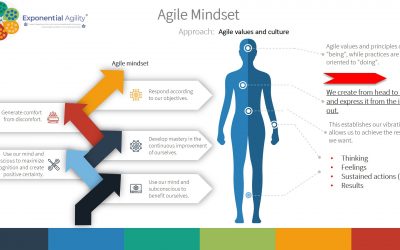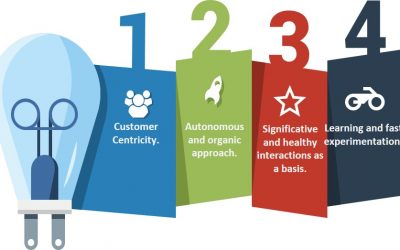Today, we will go to the nineth step of our path: “Portfolio and Strategic Themes”.
Institutional alignment includes organizational leadership, knowledge of the vision, strategy and tactics of the business, and the alignment of each program, vision, strategy and product tactics as a value stream.
The stakeholder’s commitment is very important in the process to maintain flexibility and stability of the strategy, a practice that helps us to keep an environment aligned and prepare it to scale is agile product management, since the artifacts that it generates will allow us to integrate the value of each of the initiatives at the time of executing the corresponding value flows.
A portfolio is a set of programs or products managed as a group to achieve strategic objectives, portfolio management basically consists of deciding which initiatives to implement and in what order of priority.
Each business unit within a company will have a portfolio of income-generating products and services. Each portfolio is guided by a strategy, or a set of strategic themes, and supported by the people and processes necessary to carry out that strategy.
Lean portfolio management provides us with a high-level planning perspective in an agile framework and refers to the definition, refinement, prioritization, and financing of business initiatives for implementation by delivery teams and schedules. These initiatives are often referred to as epic and, once approved at the portfolio level, translate into actionable features, which must be realized by the execution program teams. A program is a collection of linked products, involving several teams of collaborators.

When we work on creating an agile work environment, it is very important that business leaders know the value of agility and know how to take advantage of it to obtain solid results, “culture should not eat strategy at breakfast, company leaders they are the ones in charge of it, they will set the example in the co-creation of capacities ”.
That’s all for now, in the next capsule we will go to the tenth and last step of our path: “Business and Cultural Transformation”.




